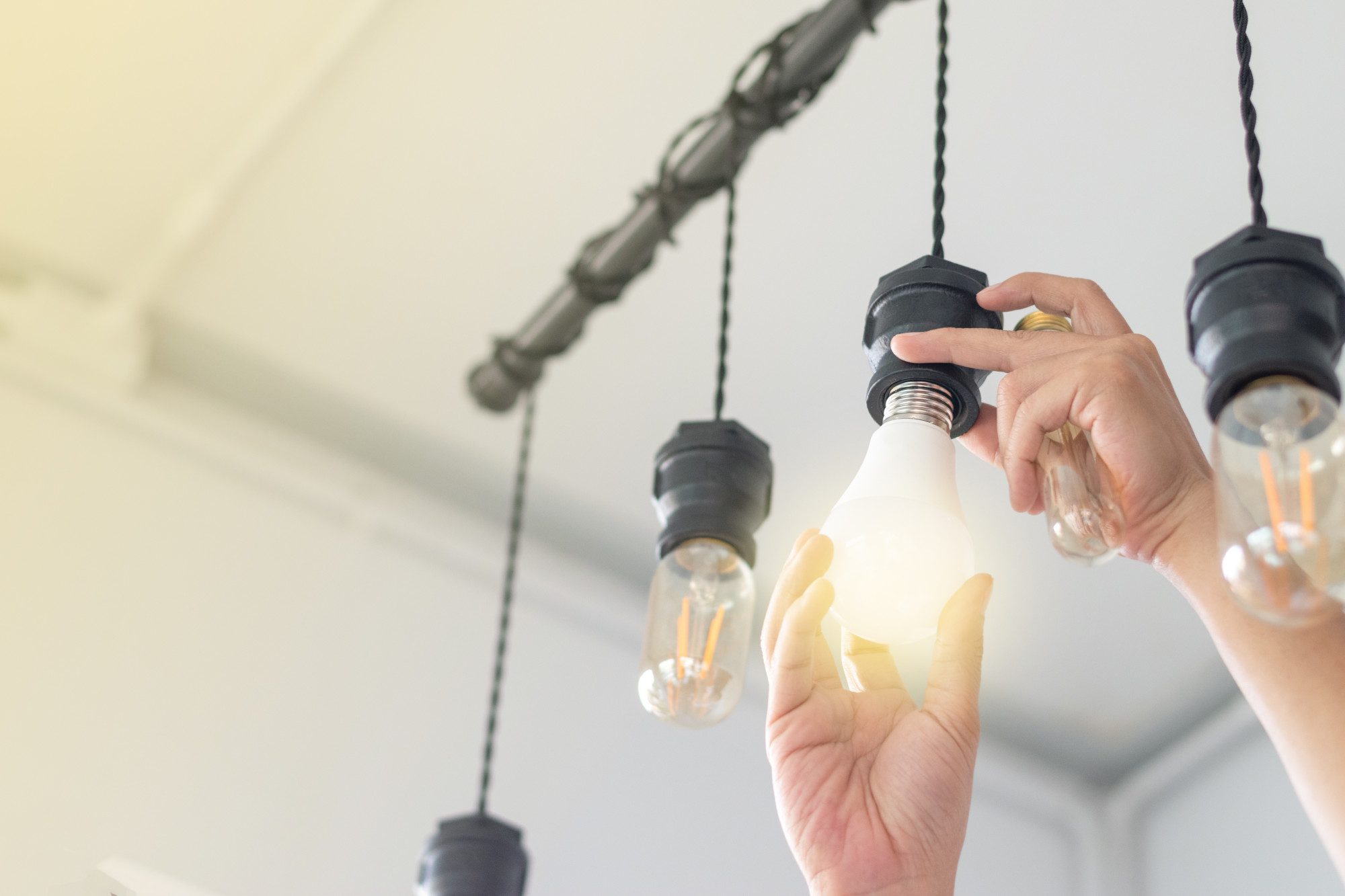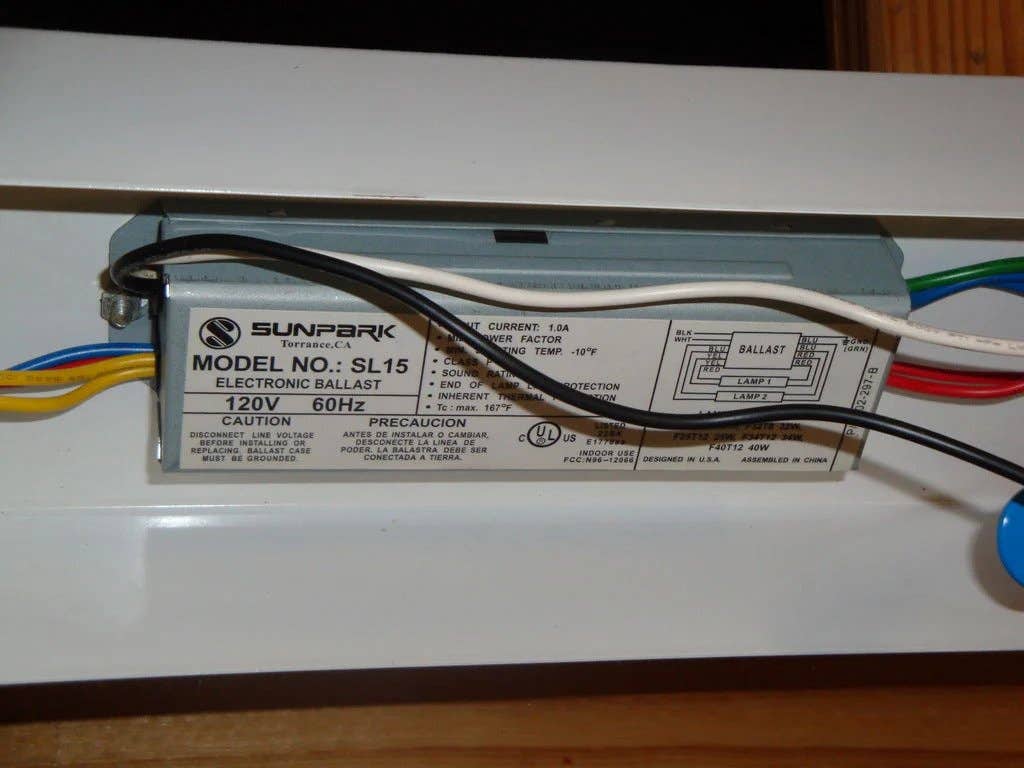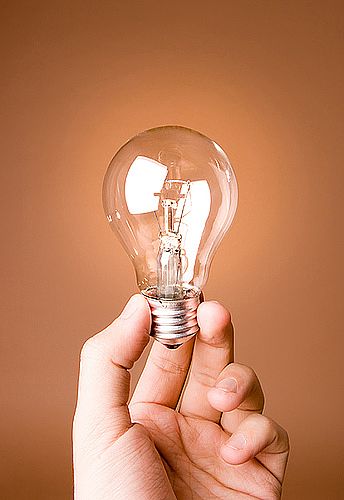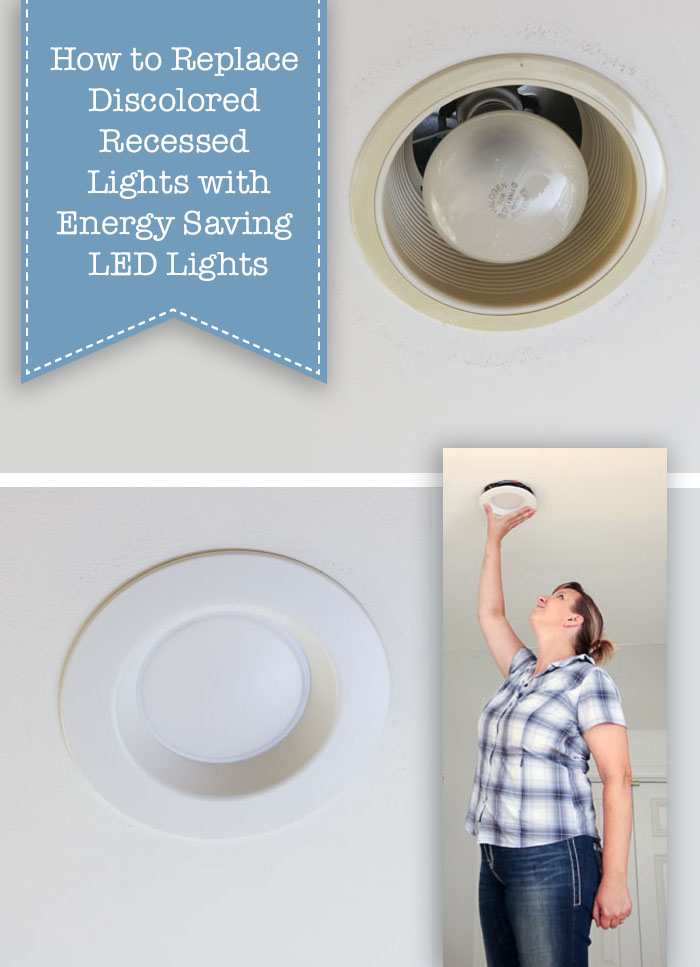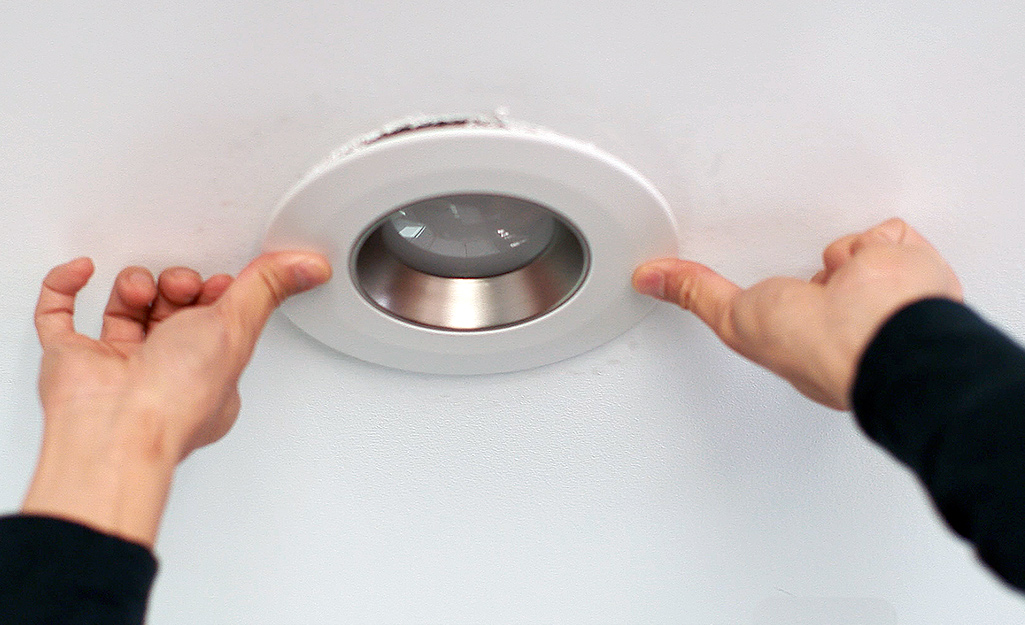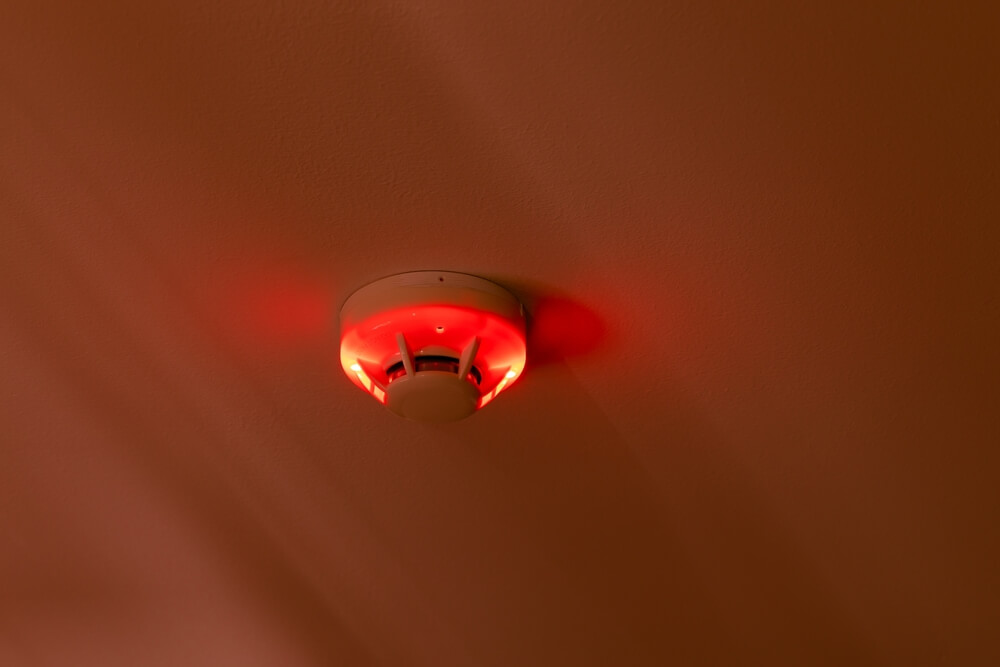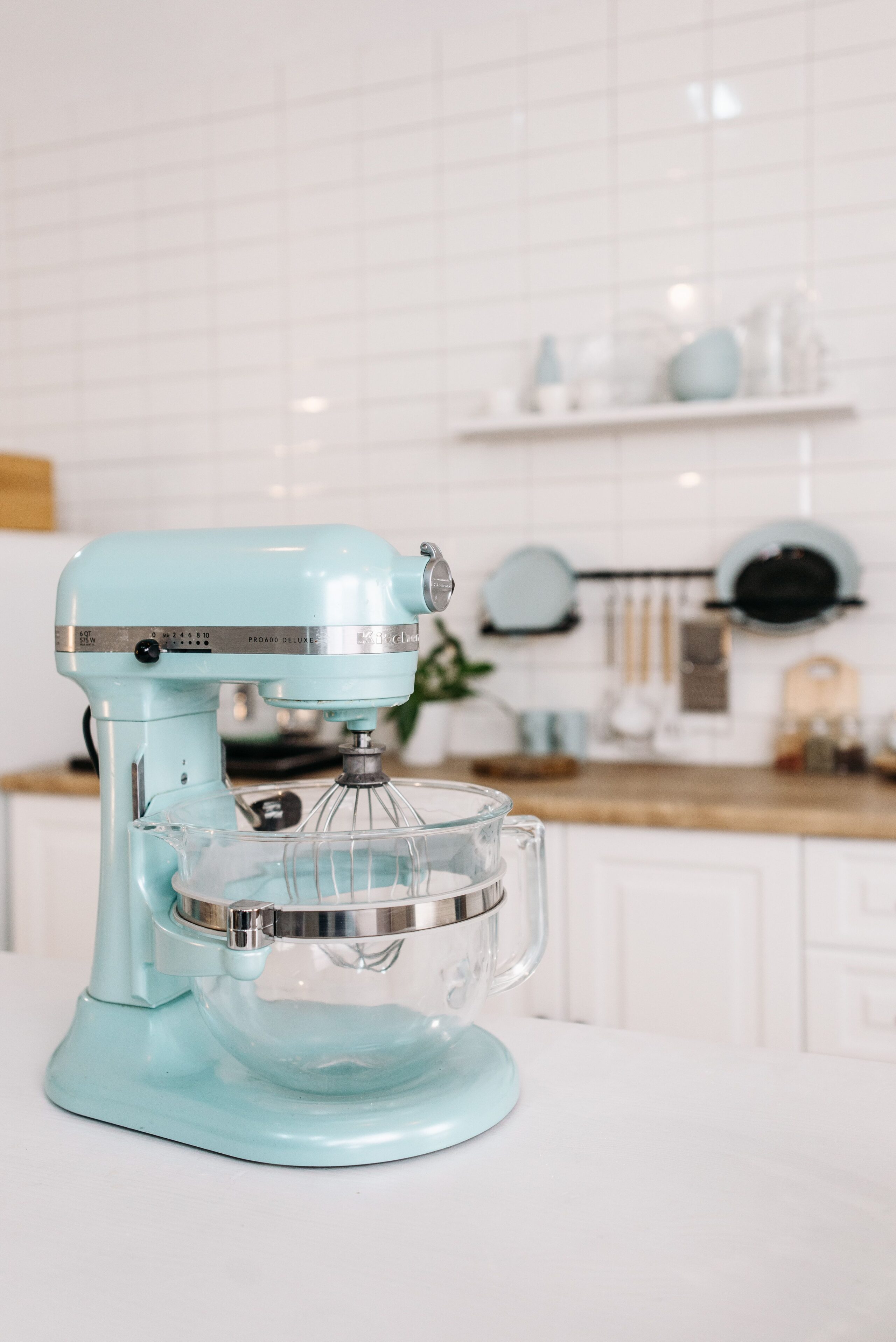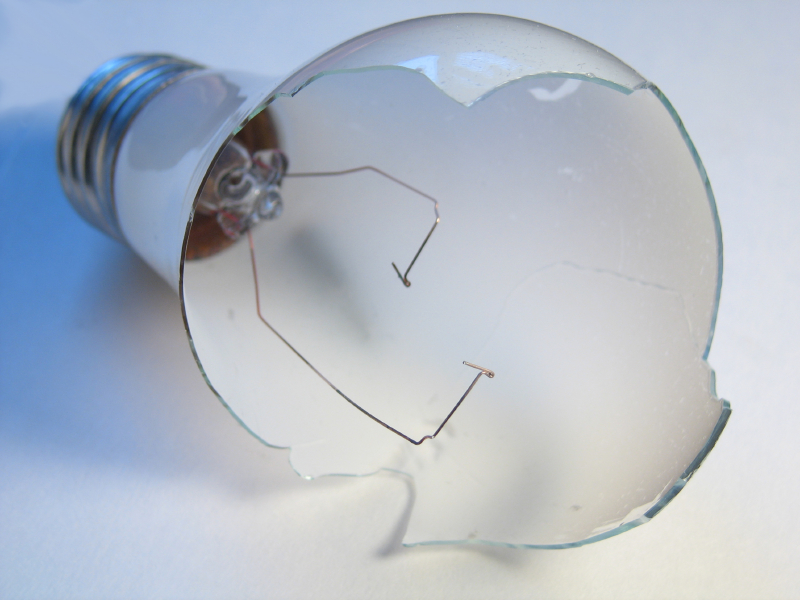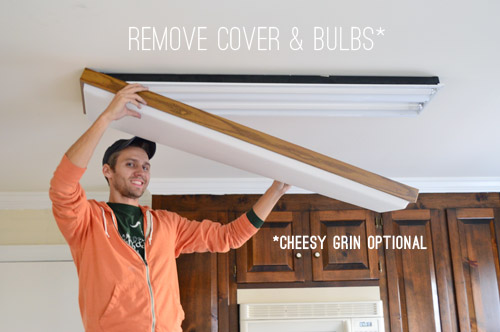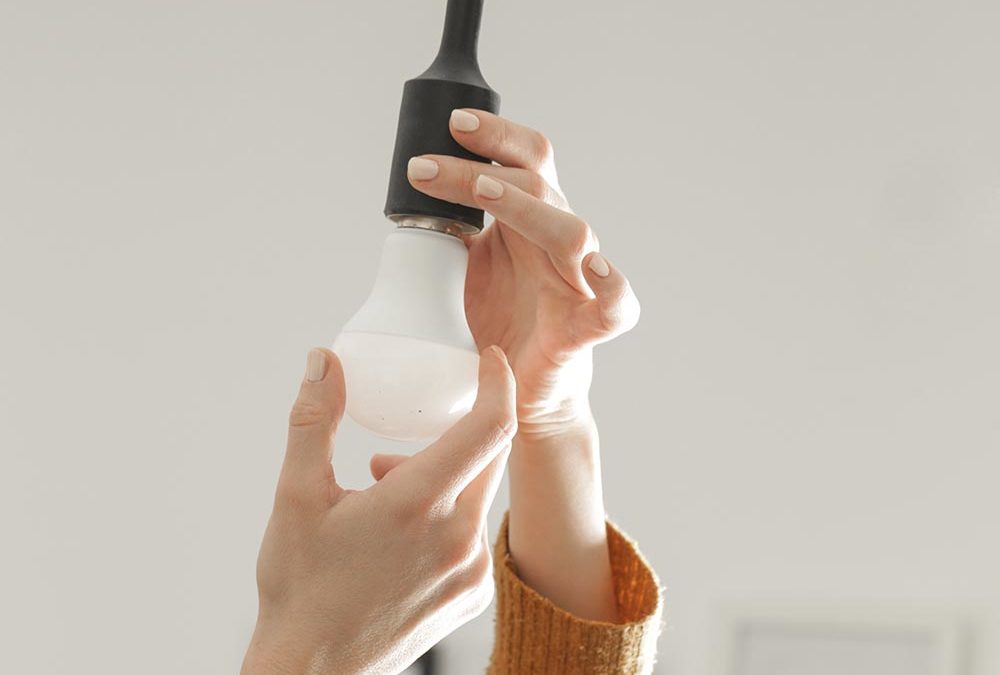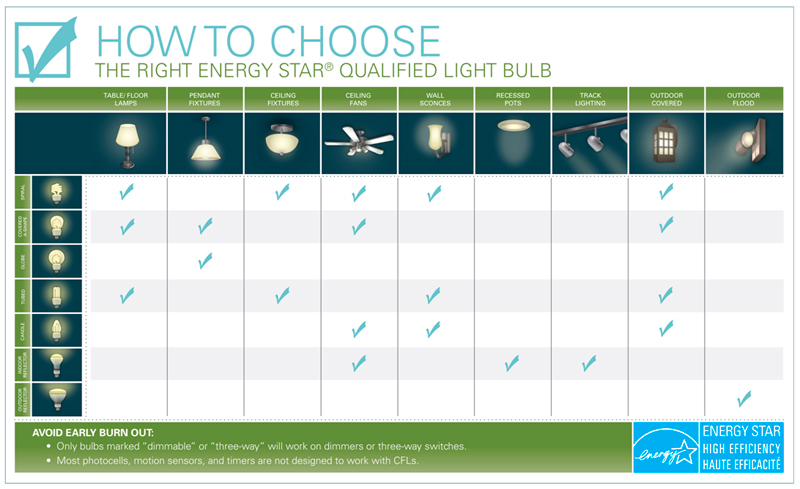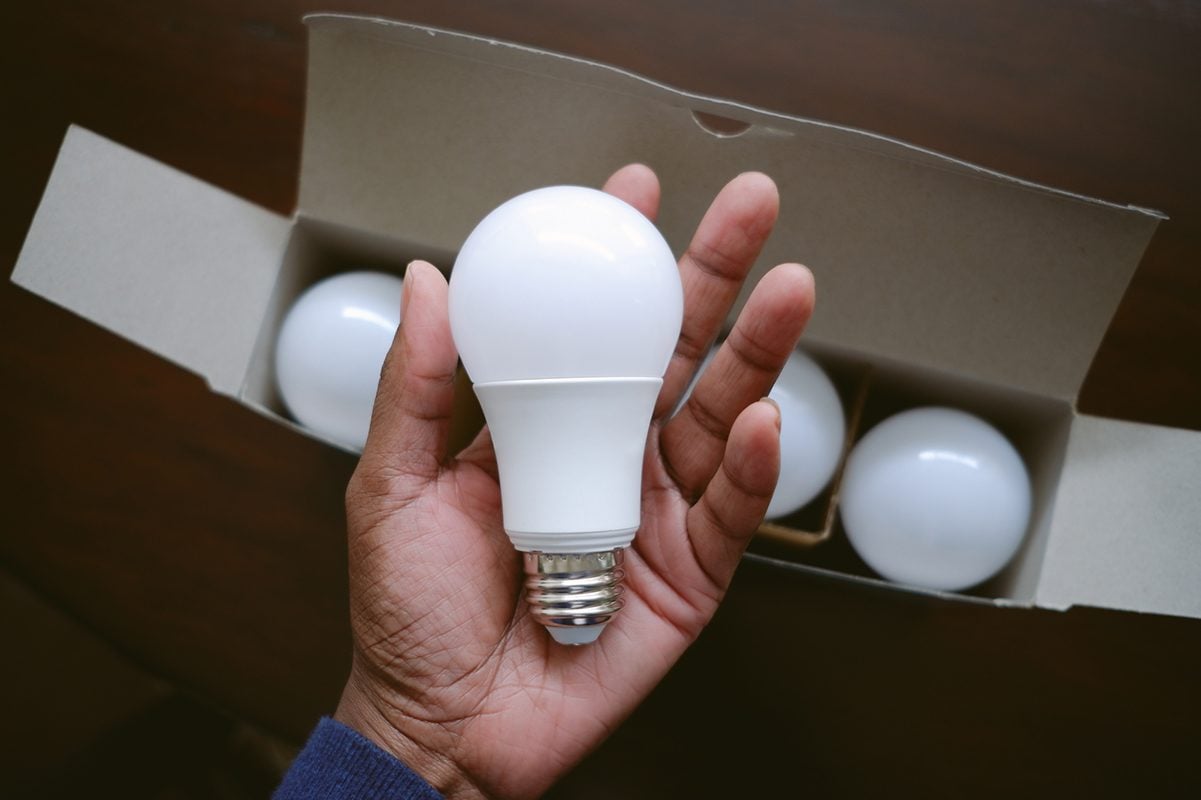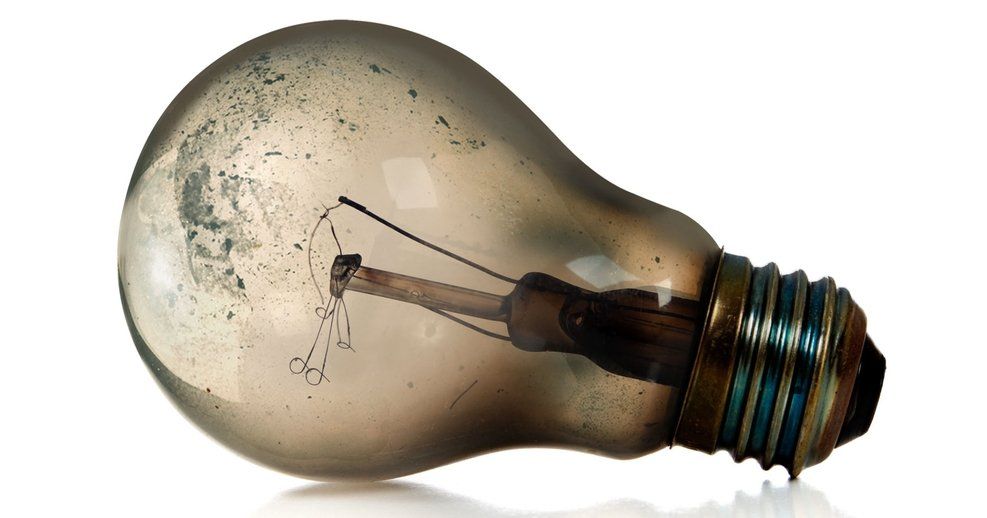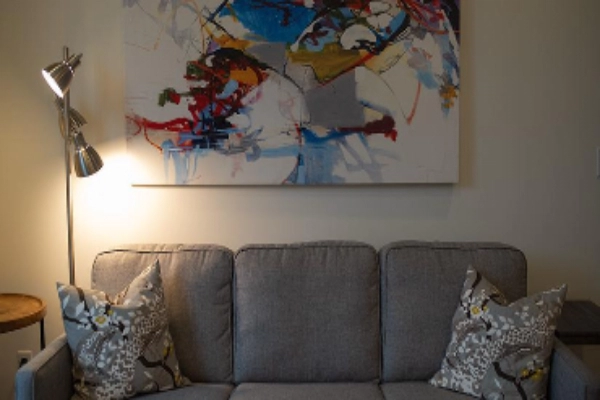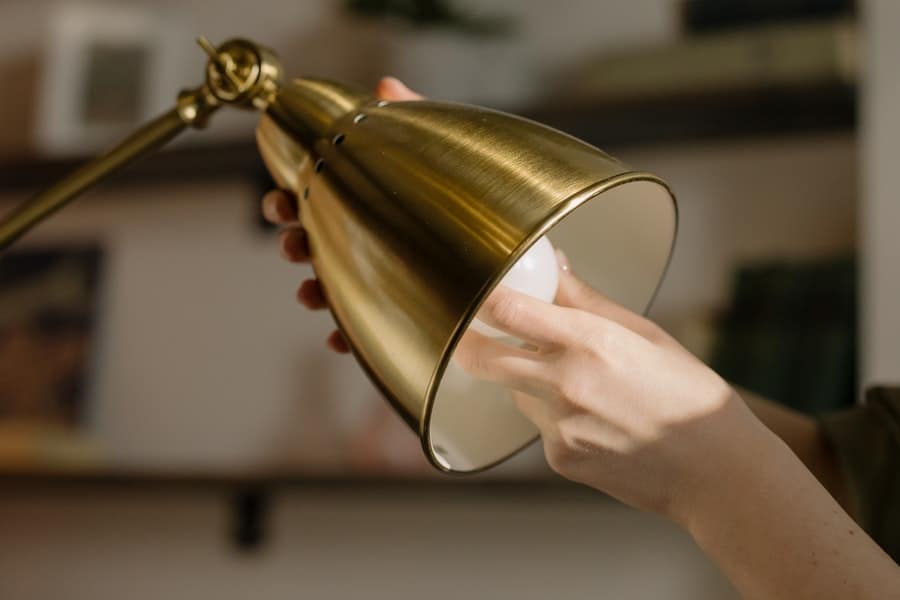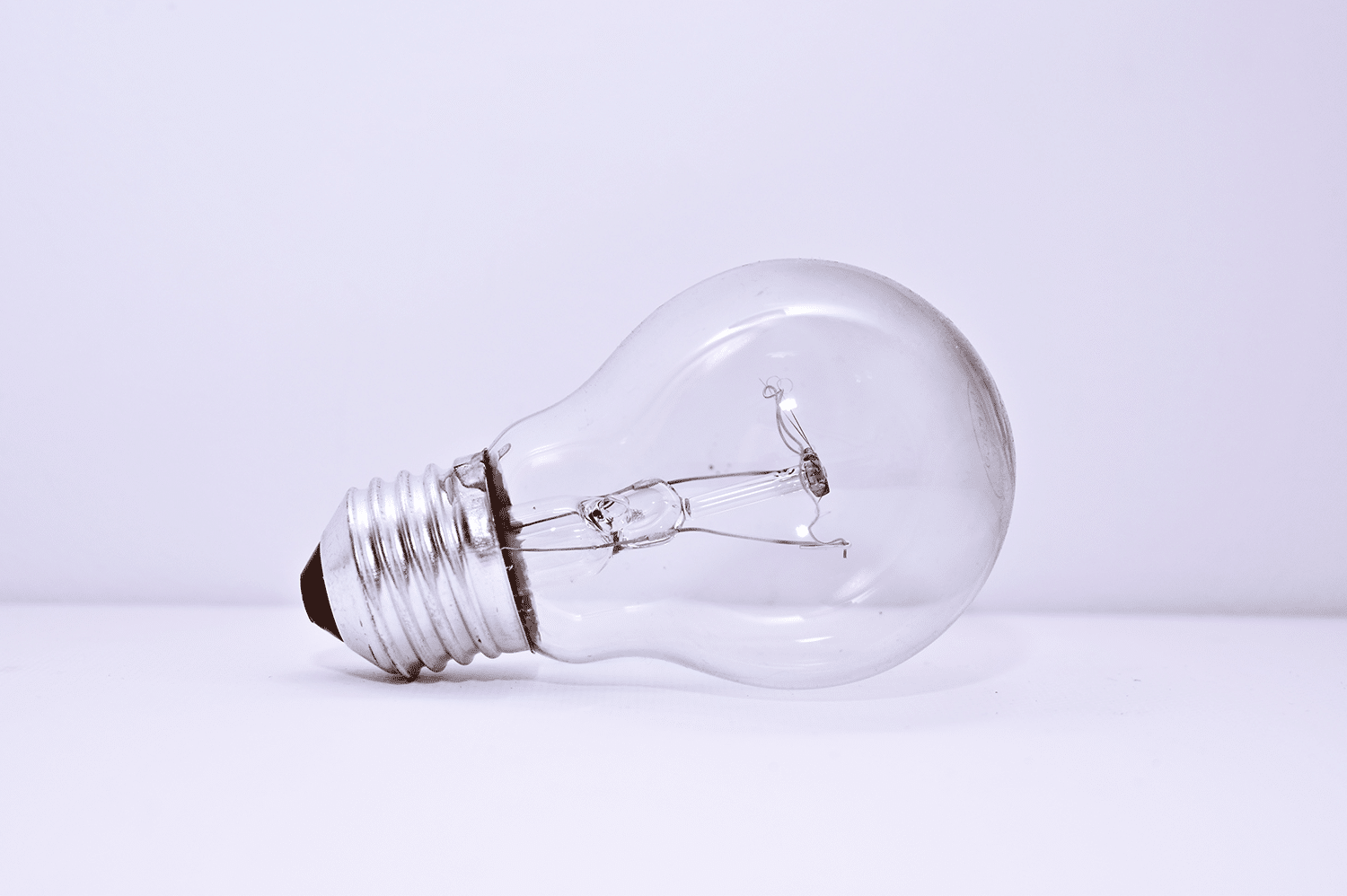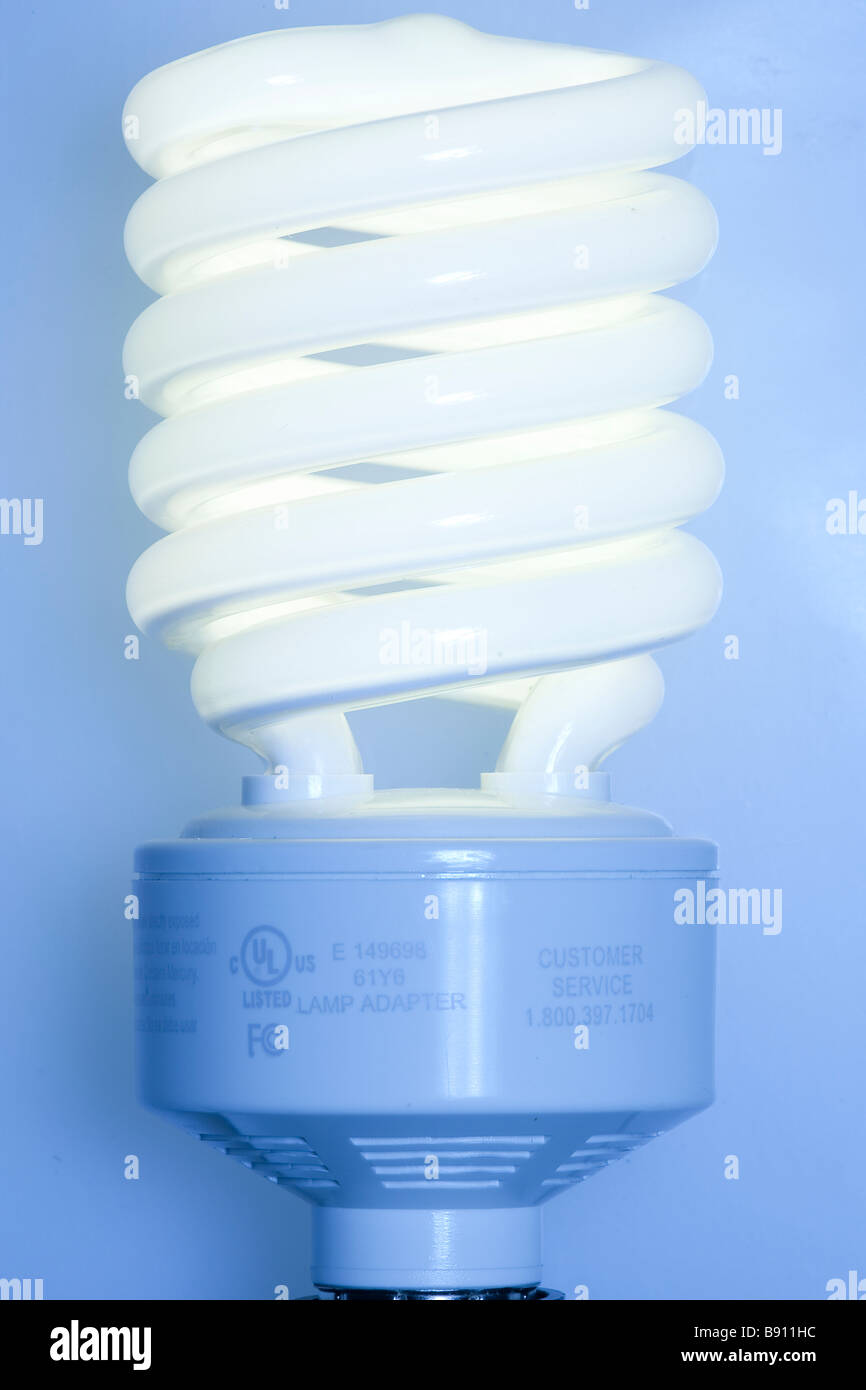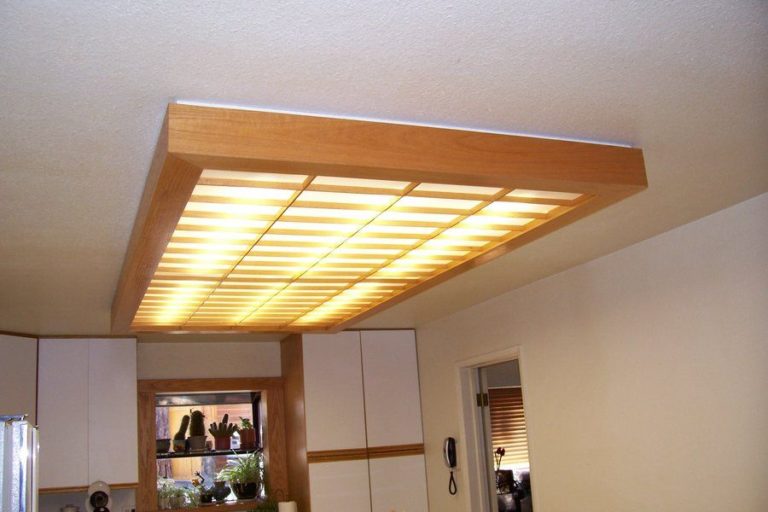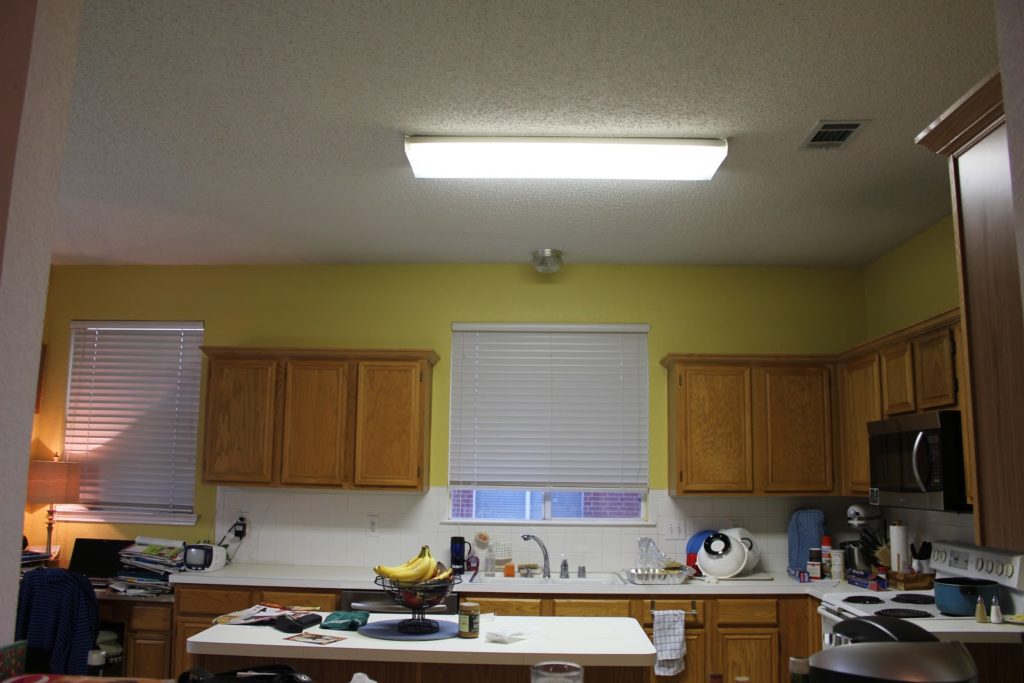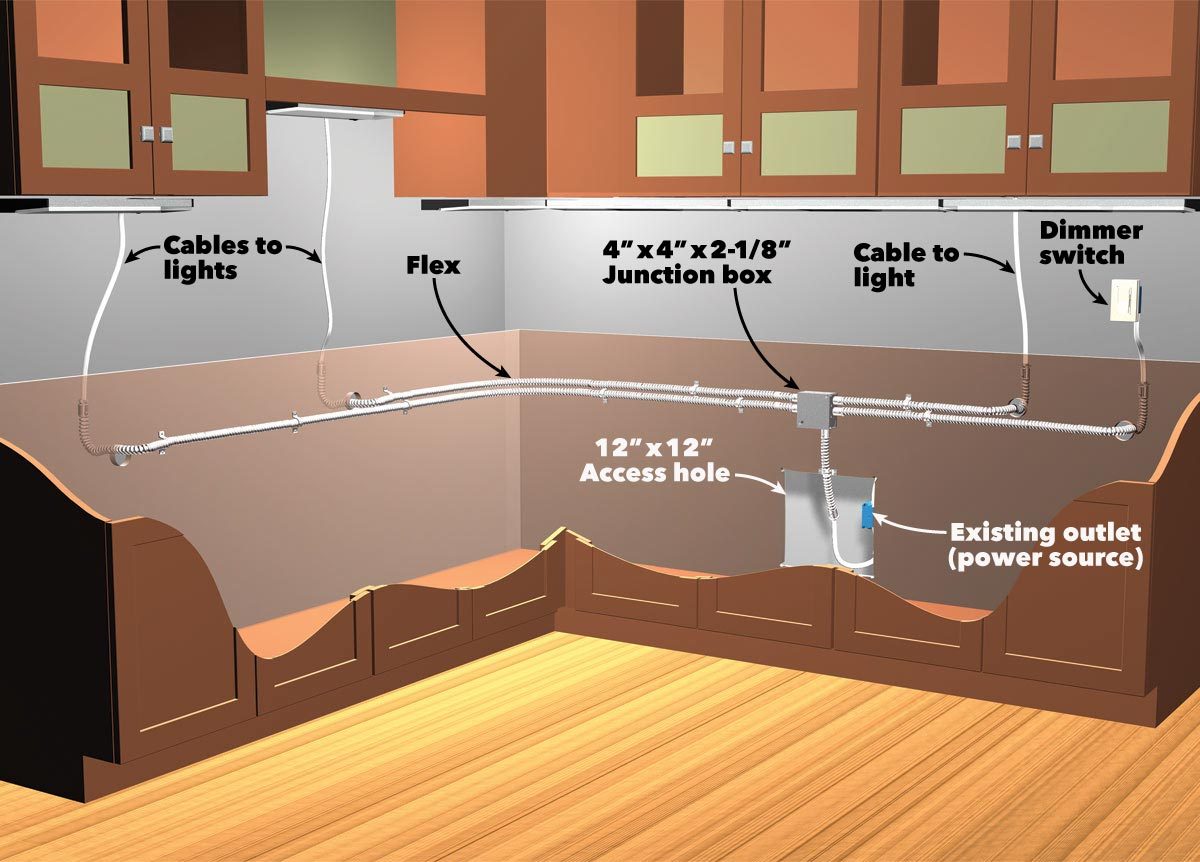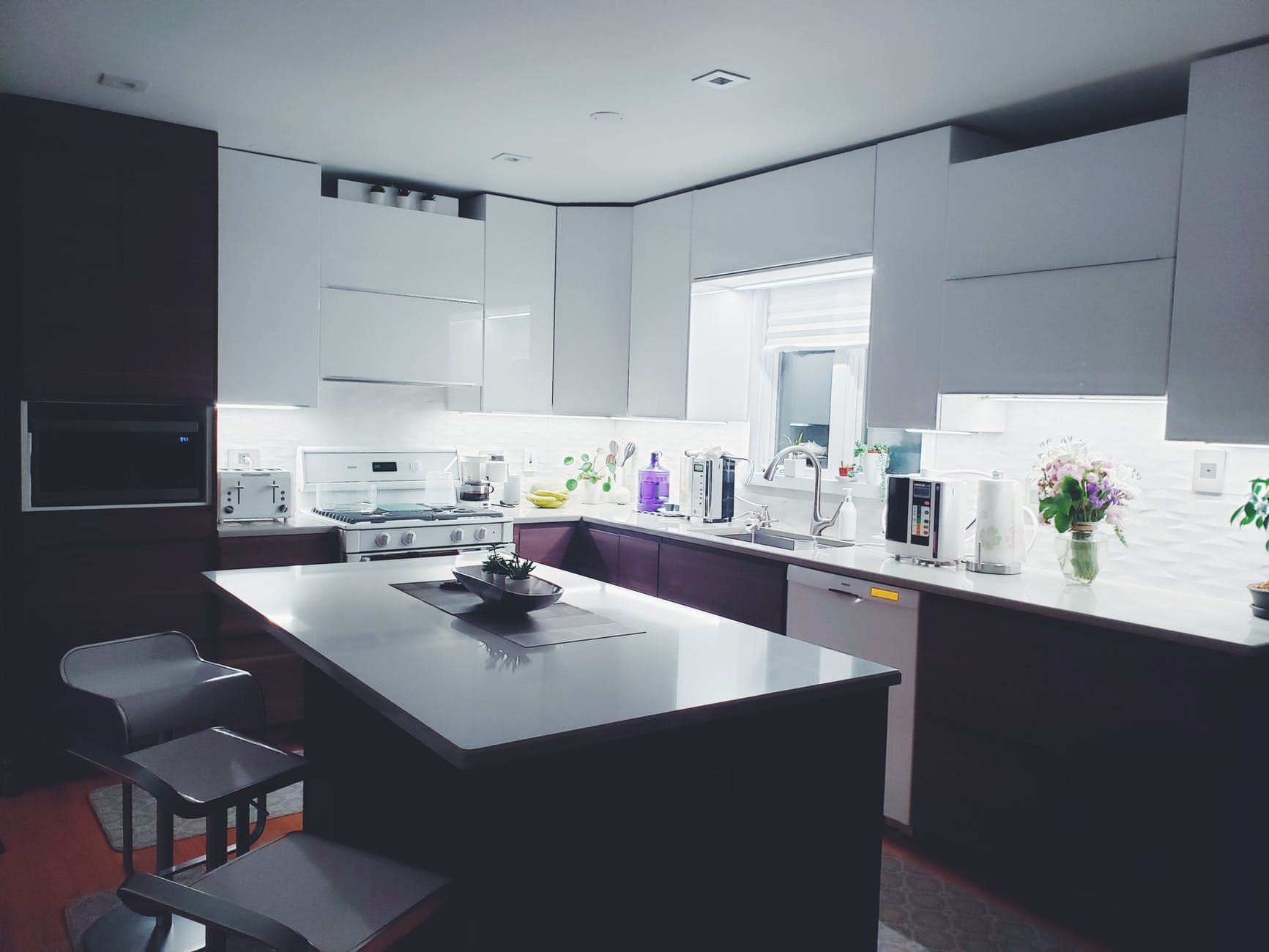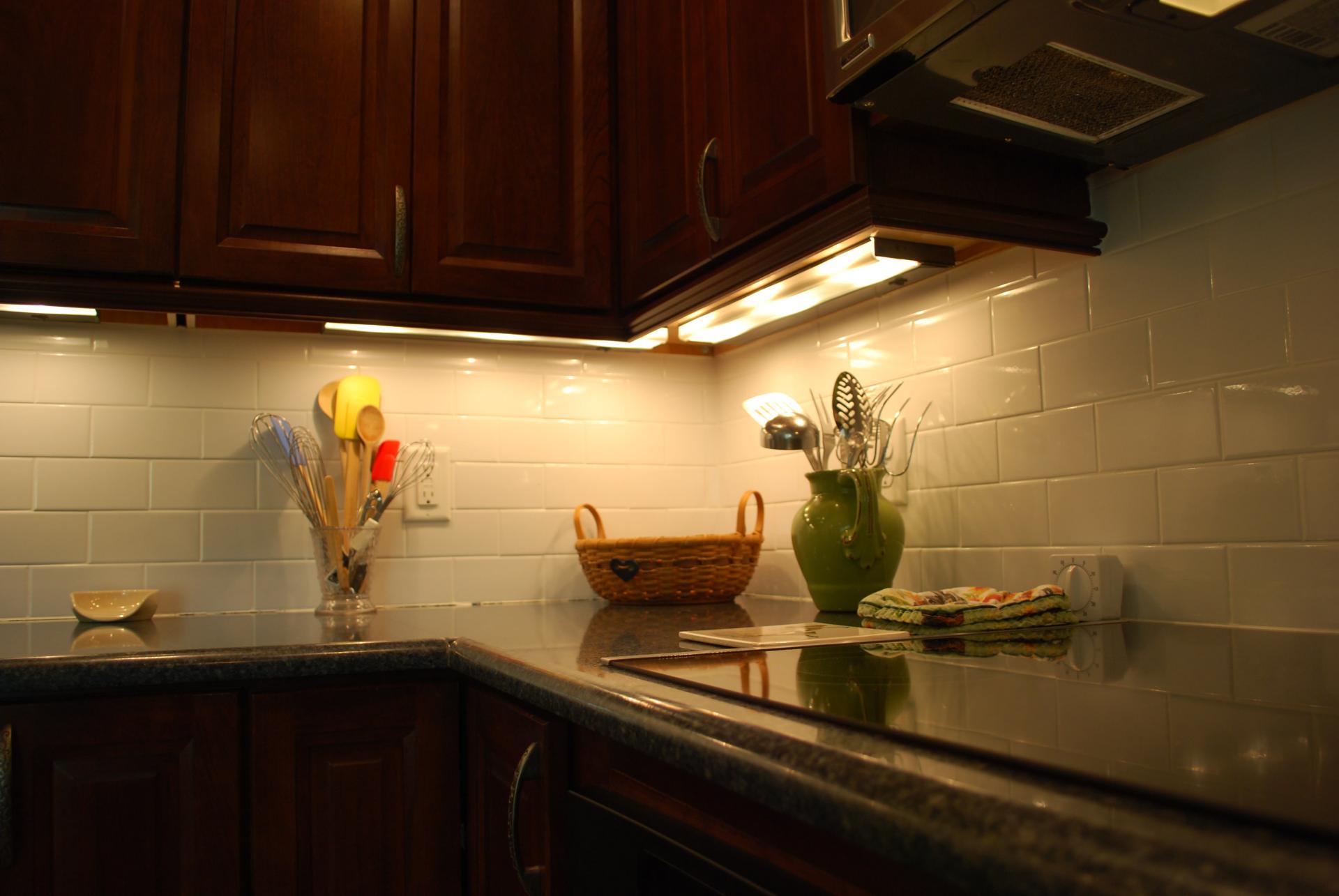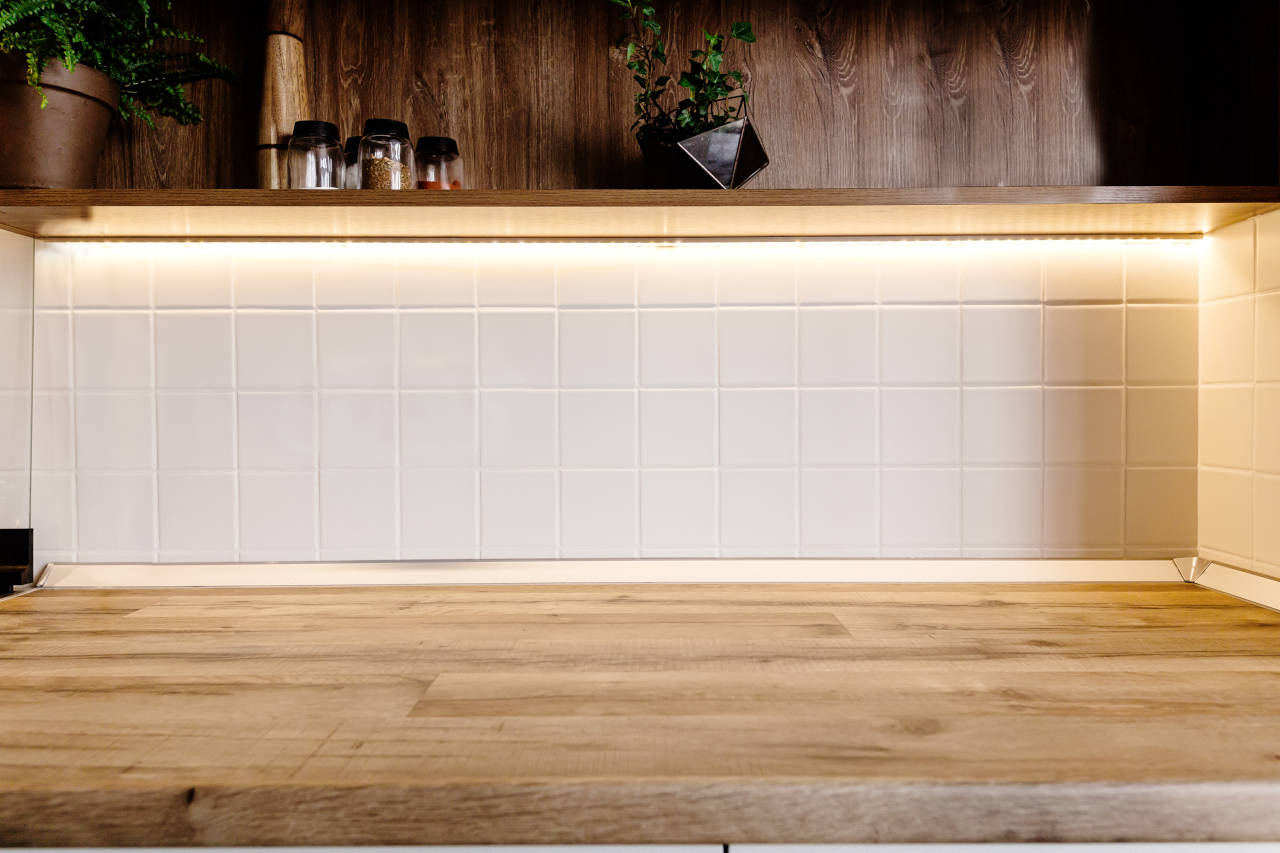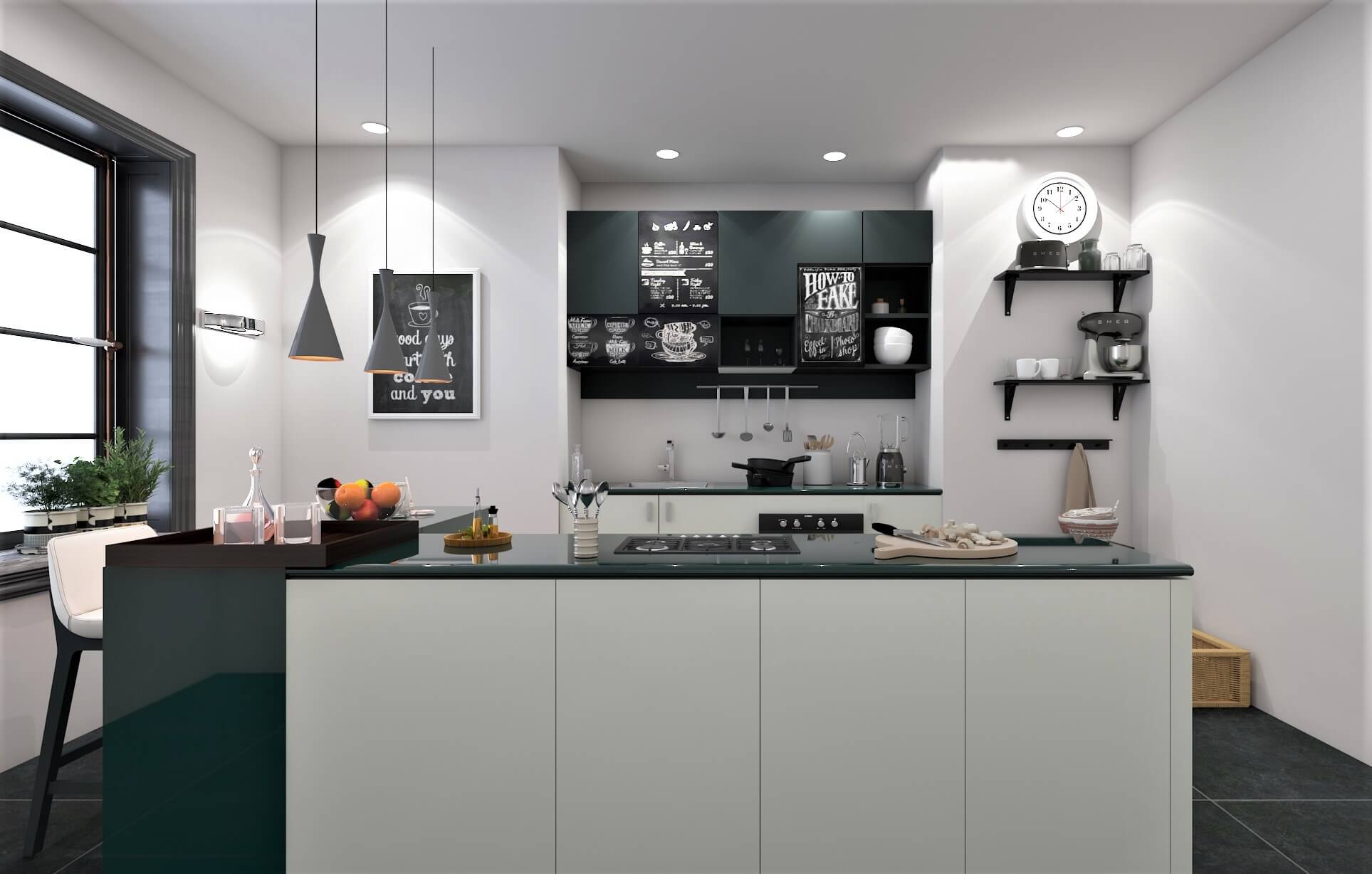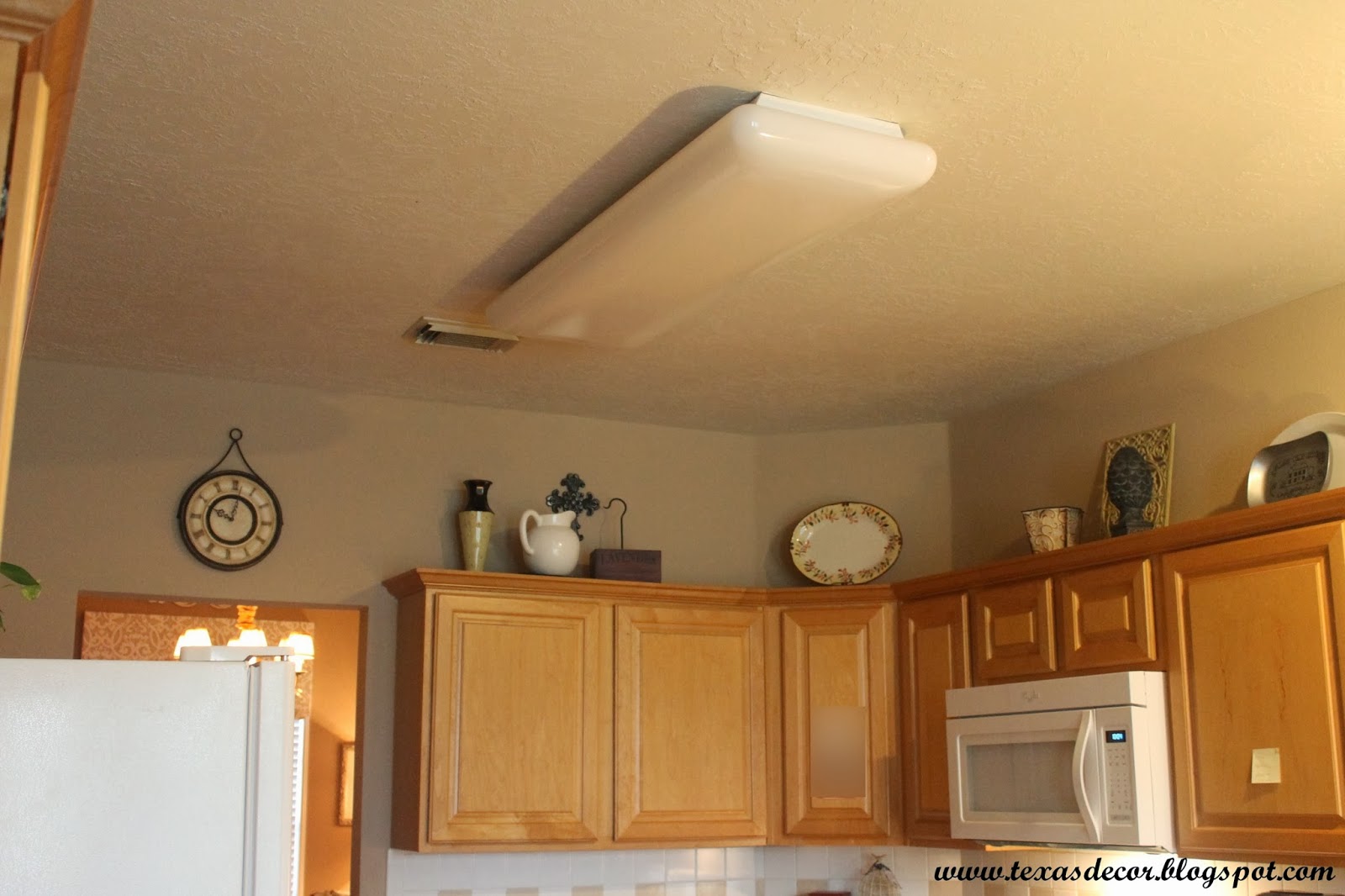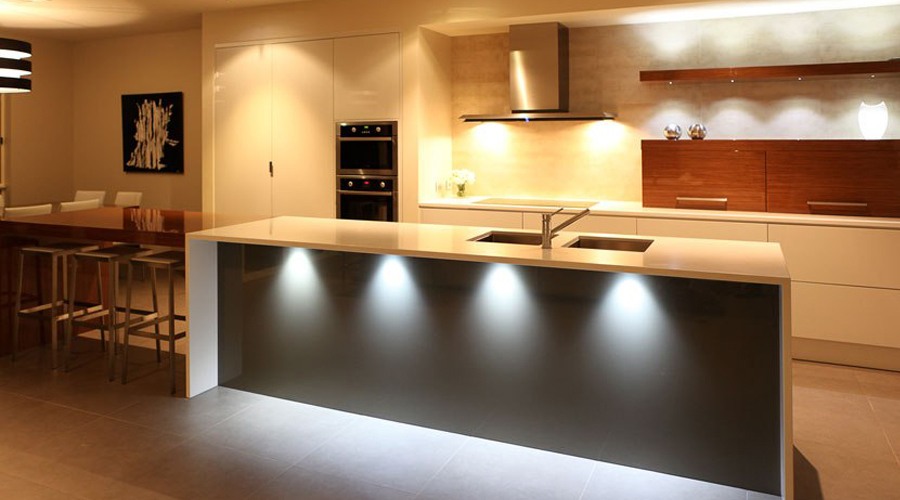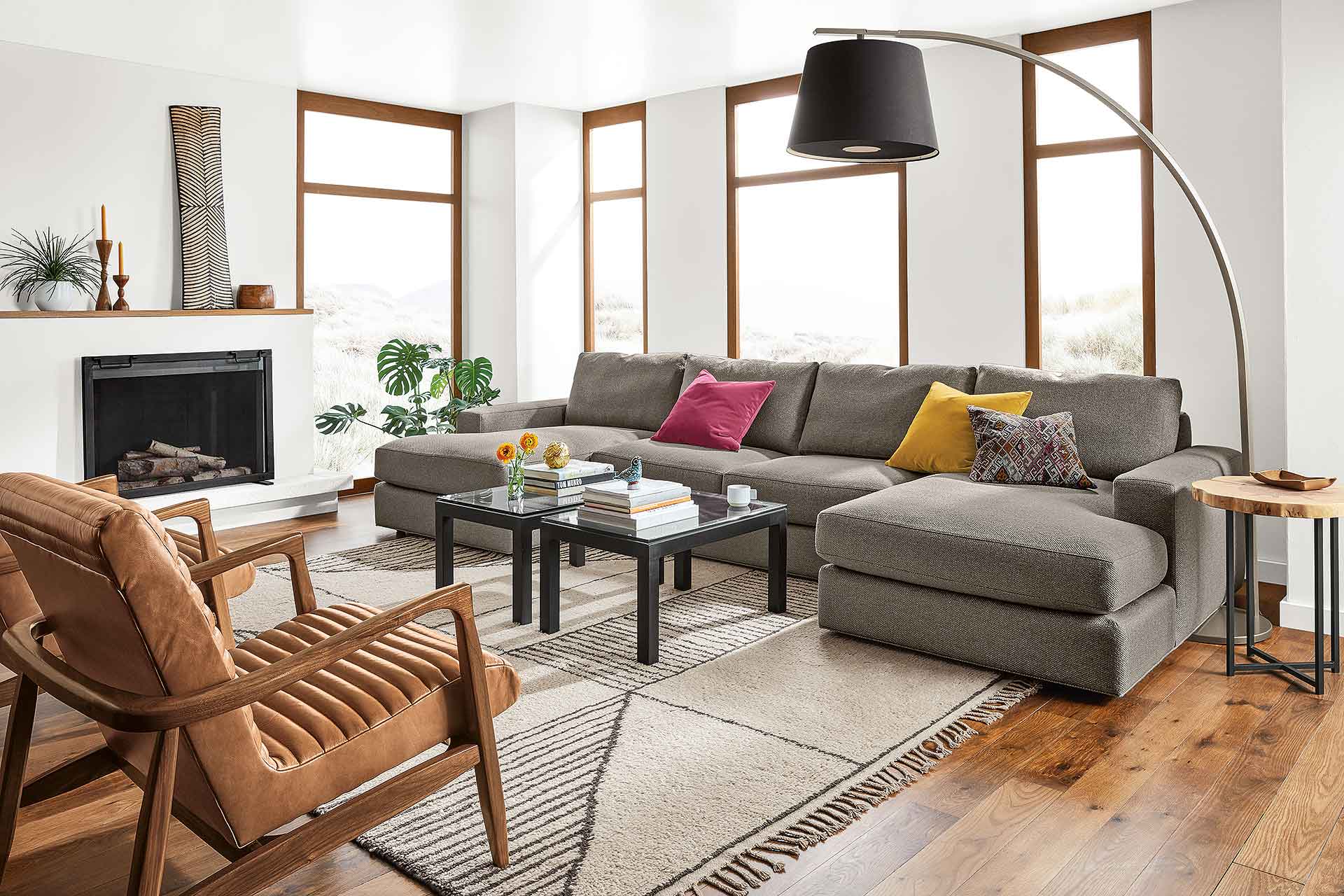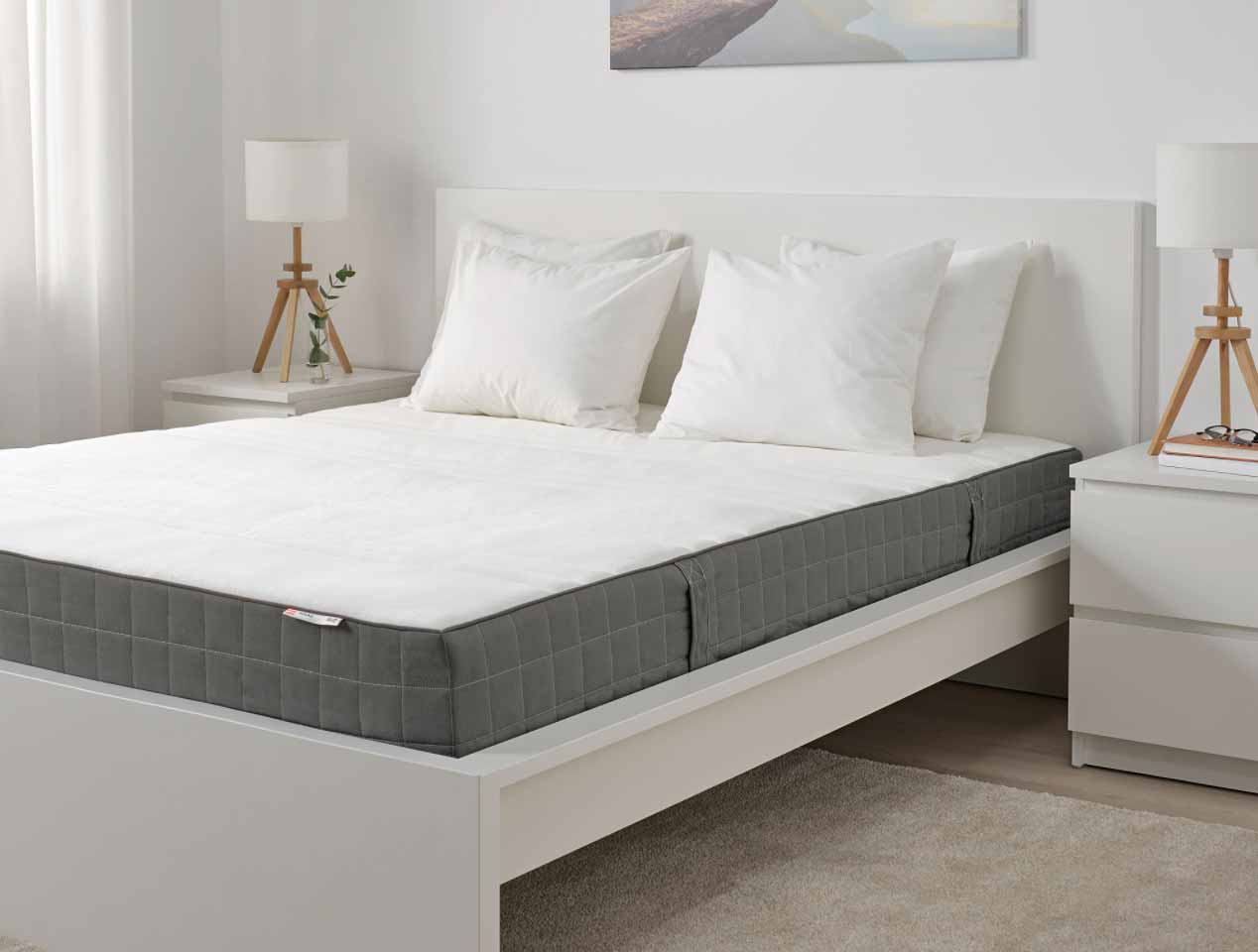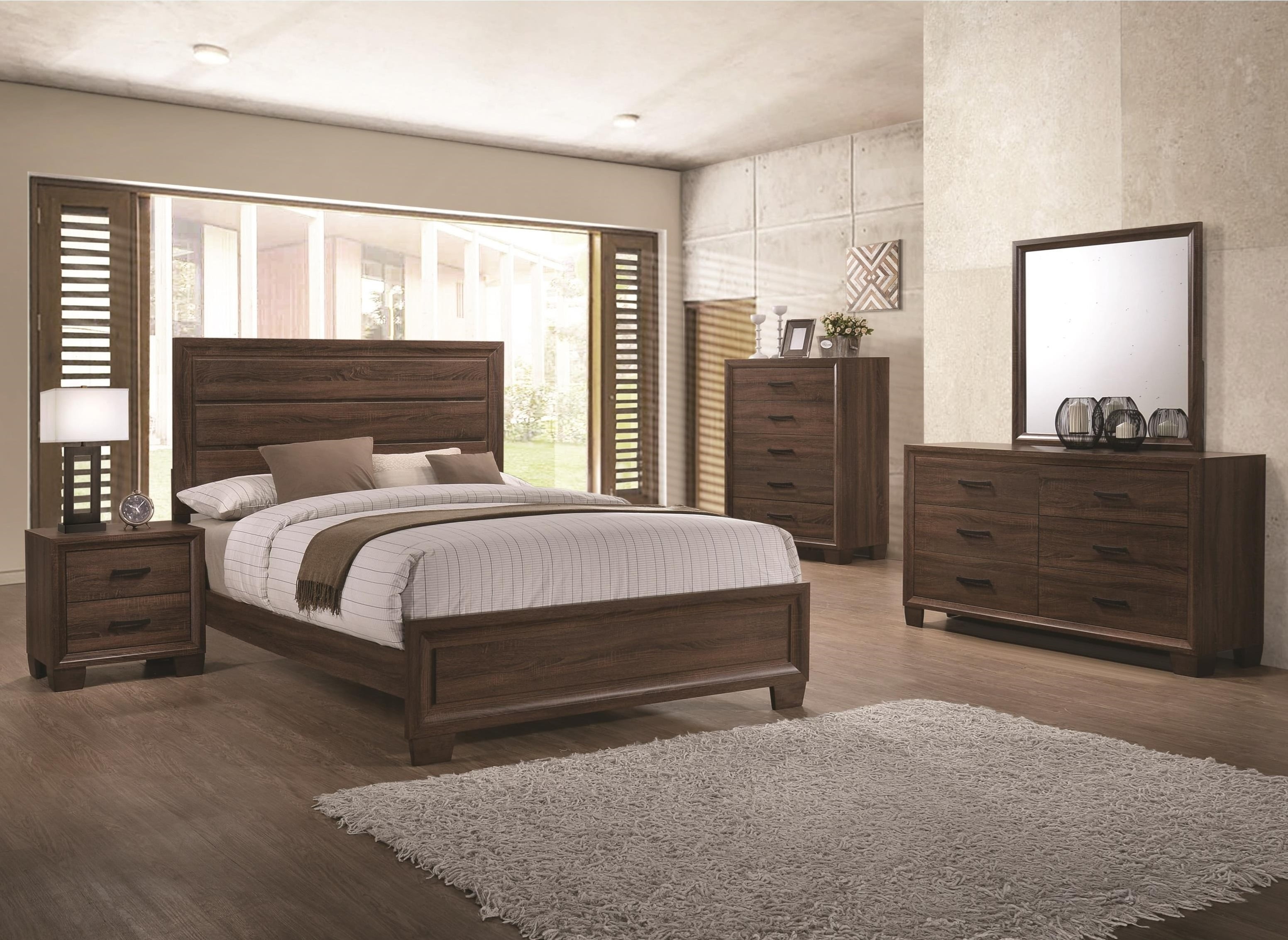How to Fix a Flickering Light Bulb in Your Kitchen
If you've noticed a light bulb in your kitchen flickering, it can be quite annoying and even a safety hazard. But don't worry, there are a few simple steps you can take to fix this issue.
First, check to see if the bulb is loose in its socket. If it is, tighten it by gently turning it clockwise. If that doesn't solve the problem, try replacing the bulb with a new one. If the issue persists, it could be due to a faulty wiring connection or a problem with the fixture itself. In this case, it's best to call a professional electrician to fix the problem.
Remember, flickering light bulbs can also be a sign of an electrical issue, so it's always better to be safe than sorry. Don't ignore this problem and address it as soon as possible.
How to Replace a Light Bulb in Your Kitchen
Replacing a light bulb in your kitchen may seem like a simple task, but there are a few things to keep in mind to ensure a safe and successful replacement.
First, make sure to turn off the power to the light fixture before attempting to replace the bulb. Once the power is off, carefully remove the old bulb and dispose of it properly. Then, take the new bulb and gently screw it into the socket, making sure it is secure.
If you are unable to reach the light fixture, use a ladder or step stool to safely access it. And remember, always use the correct type and wattage of light bulb for your fixture to avoid any potential hazards.
Common Reasons Why Kitchen Light Bulbs Stop Working
There are a few common reasons why your kitchen light bulbs may stop working, and understanding these reasons can help prevent future issues.
One of the most common reasons is a burnt-out bulb. Over time, light bulbs will naturally reach the end of their lifespan and need to be replaced. Another reason could be a problem with the electrical wiring in your home, which may require a professional to fix.
Other factors that can contribute to light bulb failure include high humidity, extreme temperatures, and power surges. If you are experiencing repeated light bulb failures, it's best to consult with an electrician to determine the root cause of the issue.
How to Troubleshoot Kitchen Light Bulb Issues
If you are experiencing issues with your kitchen light bulbs, there are a few simple troubleshooting steps you can take before calling a professional.
Start by checking the power supply and ensuring that the light switch is turned on. If the switch is on and the bulb still isn't working, try replacing the bulb with a new one. If the issue persists, it could be due to a faulty fixture or wiring connection, which may require professional attention.
Also, make sure to properly clean and maintain your light fixtures to prevent any potential issues. Dust and debris can build up over time and affect the performance of your light bulbs.
Replacing Kitchen Light Bulbs: Tips and Tricks
Replacing kitchen light bulbs may seem like a simple task, but there are a few tips and tricks that can make the process easier and safer.
Always make sure to turn off the power supply to the light fixture before attempting to replace the bulb. Using a ladder or step stool can also make it easier to reach the light fixture, especially if it is in a high or hard-to-reach area.
If you are unsure of which type or wattage of light bulb to use, check the label on your fixture or consult with a professional. And remember to properly dispose of old light bulbs to avoid any potential hazards.
How to Choose the Right Light Bulbs for Your Kitchen
Choosing the right light bulbs for your kitchen can greatly impact the overall look and functionality of the space. Here are a few factors to consider when selecting light bulbs for your kitchen.
First, think about the purpose of the light. Do you need bright, task lighting for cooking and food prep? Or do you want a softer, ambient light for a cozy atmosphere? Take into account the size and layout of your kitchen as well when determining the type and number of light bulbs needed.
Also, consider the color temperature of the light bulbs. Warm, yellow-toned light can create a cozy and inviting atmosphere, while cool, white-toned light is better for task lighting. And don't forget to choose energy-efficient options to save on your energy bill.
Why Your Kitchen Light Bulbs Keep Burning Out
If you find yourself constantly replacing kitchen light bulbs, there could be a few reasons why they keep burning out.
One common cause is using the wrong type or wattage of light bulb for your fixture. Make sure to always use the recommended light bulb for your fixture to avoid any potential issues. Another reason could be a problem with the electrical wiring in your home, which may require professional attention.
Additionally, using energy-efficient bulbs can help prevent frequent burnouts as they have a longer lifespan. And don't forget to regularly clean and maintain your light fixtures to keep them functioning at their best.
How to Change a Fluorescent Light Bulb in Your Kitchen
Changing a fluorescent light bulb in your kitchen may seem intimidating, but it's actually quite simple. Here's how:
Start by turning off the power supply to the light fixture. Then, carefully remove the old bulb and dispose of it properly. Next, take the new bulb and gently slide it into the socket, making sure it is secure. In some cases, you may need to twist the bulb slightly to lock it in place.
If you are unsure of how to change a fluorescent light bulb or are uncomfortable doing so, it's best to call a professional for assistance.
How to Install Under Cabinet Lighting in Your Kitchen
Under cabinet lighting is a popular choice for adding both style and functionality to a kitchen. Here's how to install it yourself:
First, decide on the type of under cabinet lighting you want, whether it's LED strips, puck lights, or rope lights. Then, gather your materials and follow the manufacturer's instructions to install the lighting. Make sure to turn off the power supply to the area before beginning any work.
If you are unsure of how to install under cabinet lighting or are uncomfortable doing so, it's best to hire a professional for this task.
How to Upgrade Your Kitchen Lighting for Better Functionality
Upgrading your kitchen lighting can greatly improve the functionality of the space. Here are a few tips to help you upgrade your kitchen lighting:
Consider adding different types of lighting, such as task lighting for cooking and food prep, ambient lighting for a cozy atmosphere, and accent lighting for visual interest. Use dimmer switches to adjust the brightness of your lights and create the desired mood. And don't be afraid to mix and match different types of light fixtures for a unique and functional look.
Remember, proper lighting can greatly enhance the overall design and functionality of your kitchen, so don't be afraid to experiment and find what works best for you.
Why Are My Kitchen Light Bulbs Not Working: Common Causes and Solutions

Introduction
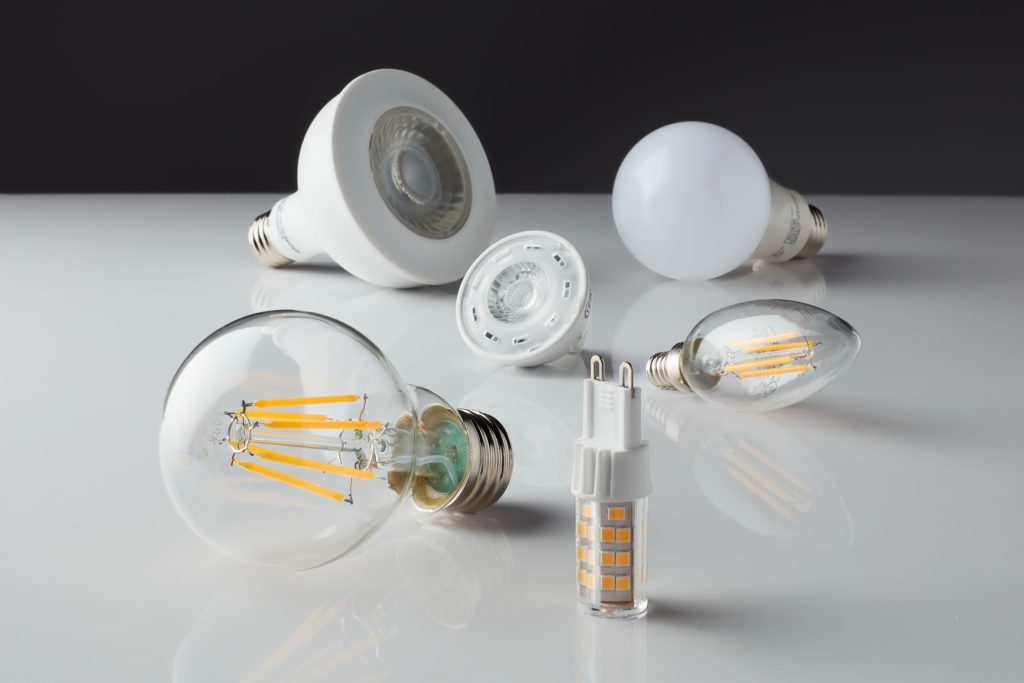 If you've ever found yourself in the midst of cooking a delicious meal, only to realize that your kitchen light bulbs are not working, you're not alone. This common household problem can be frustrating and even dangerous if left unresolved. Not only is it inconvenient to cook in a dimly lit kitchen, but it can also pose a safety hazard. In this article, we'll explore the main reasons why your kitchen light bulbs may not be working and provide some tips on how to fix them.
If you've ever found yourself in the midst of cooking a delicious meal, only to realize that your kitchen light bulbs are not working, you're not alone. This common household problem can be frustrating and even dangerous if left unresolved. Not only is it inconvenient to cook in a dimly lit kitchen, but it can also pose a safety hazard. In this article, we'll explore the main reasons why your kitchen light bulbs may not be working and provide some tips on how to fix them.
Faulty Light Bulbs
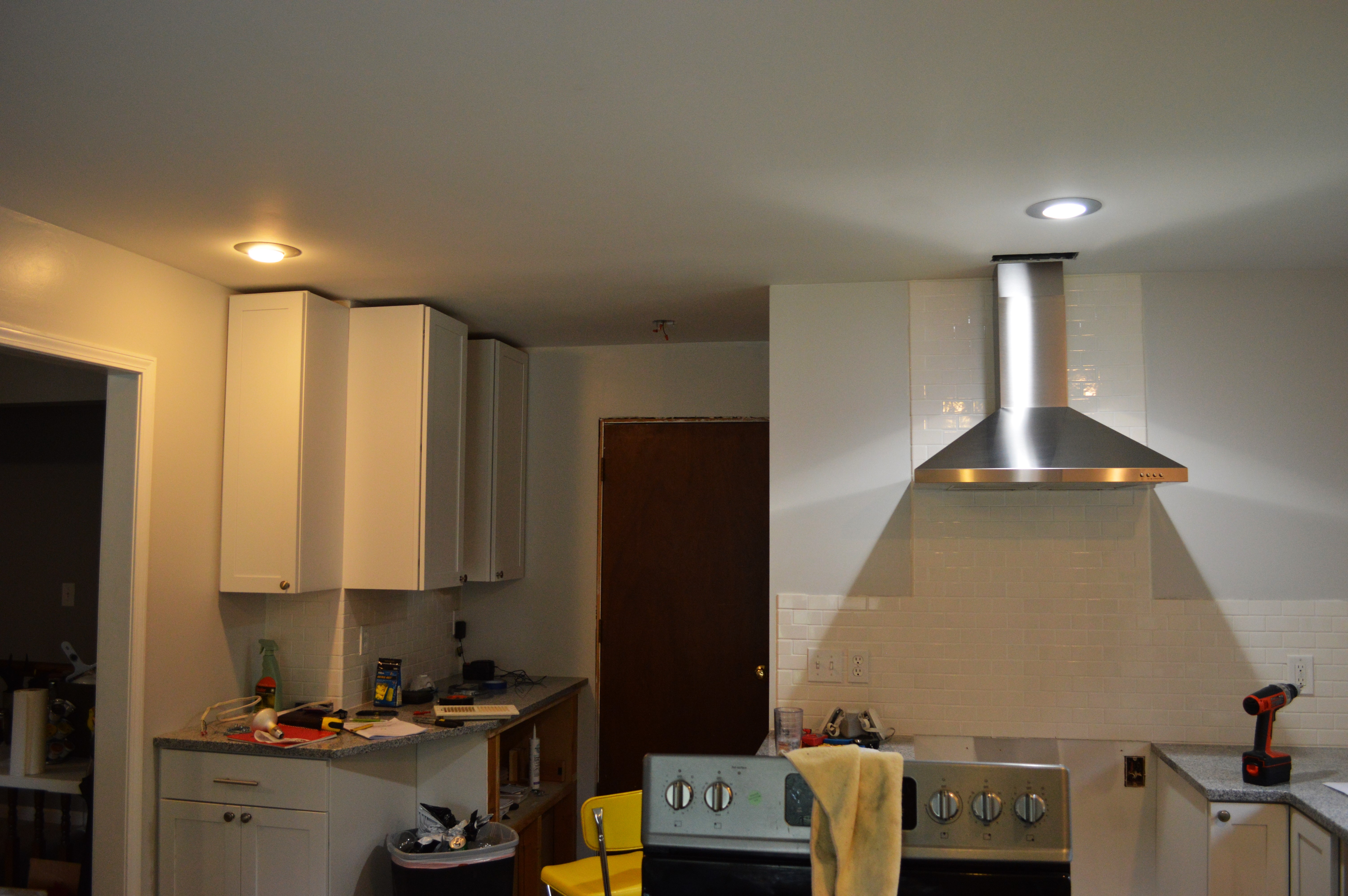 One of the most common reasons for kitchen light bulbs not working is simply because they are faulty. This can happen for a variety of reasons, such as old age, a power surge, or even a manufacturing defect. If you notice that only one or two bulbs are not working, try replacing them with new ones. Make sure to
use the correct type of bulbs
for your kitchen light fixtures, as using the wrong type can cause them to malfunction.
One of the most common reasons for kitchen light bulbs not working is simply because they are faulty. This can happen for a variety of reasons, such as old age, a power surge, or even a manufacturing defect. If you notice that only one or two bulbs are not working, try replacing them with new ones. Make sure to
use the correct type of bulbs
for your kitchen light fixtures, as using the wrong type can cause them to malfunction.
Loose Connections
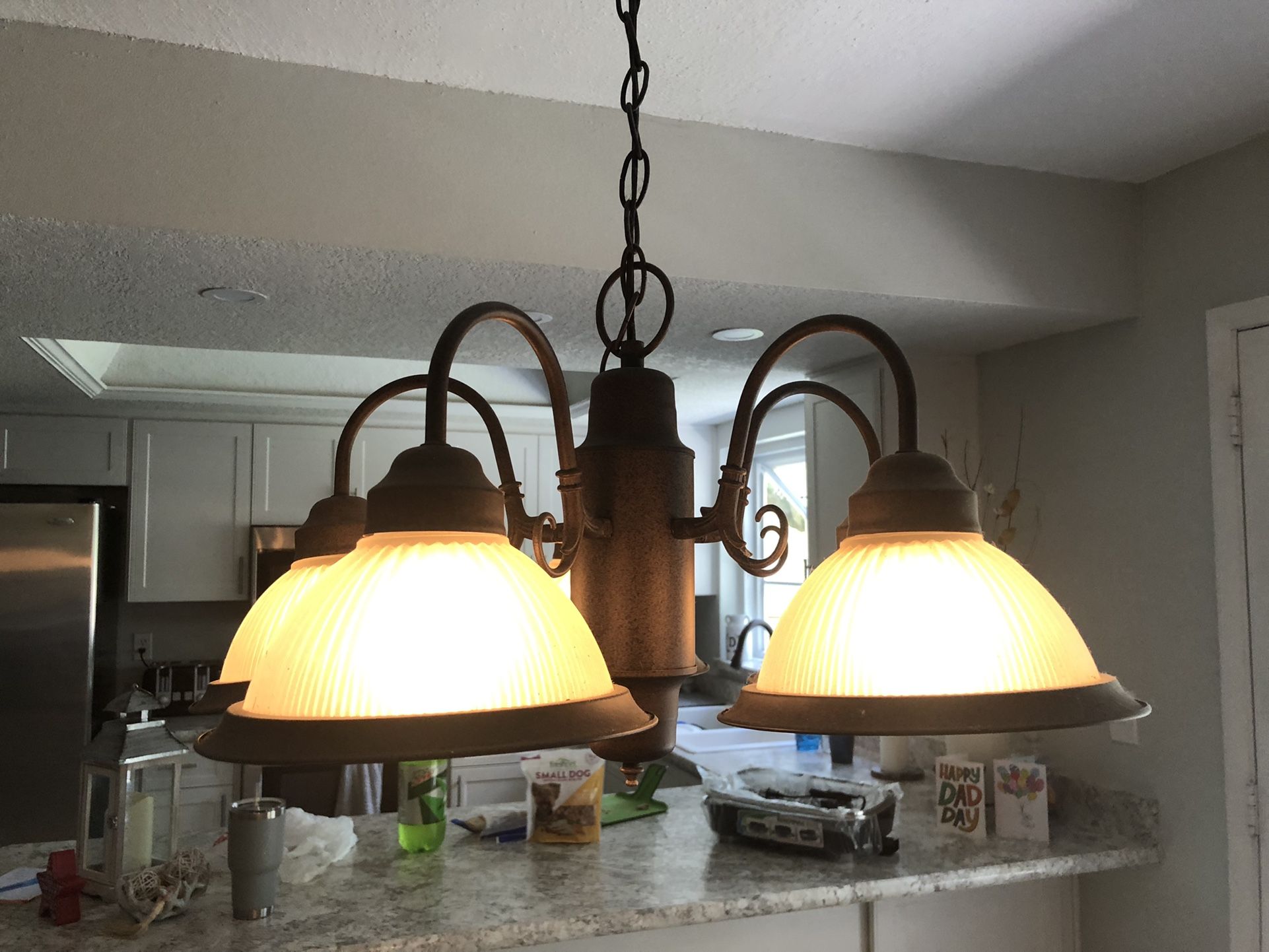 Another possible cause for your kitchen light bulbs not working could be loose connections. Over time, the wires connecting the light fixture to the electrical source can become loose and disrupt the flow of electricity. This can happen due to natural wear and tear, or if the light fixture was not installed properly. If you suspect loose connections, turn off the power supply and check the connections. Tighten any loose wires and secure them with electrical tape if needed.
Another possible cause for your kitchen light bulbs not working could be loose connections. Over time, the wires connecting the light fixture to the electrical source can become loose and disrupt the flow of electricity. This can happen due to natural wear and tear, or if the light fixture was not installed properly. If you suspect loose connections, turn off the power supply and check the connections. Tighten any loose wires and secure them with electrical tape if needed.
Tripped Circuit Breaker
 If all the light bulbs in your kitchen are not working, the issue may lie with your circuit breaker. A circuit breaker is designed to protect your electrical system from overloading by shutting off the power when it detects a surge. If you have too many appliances or devices drawing power from the same circuit, it can trip the breaker and cause your kitchen lights to go out. Check your circuit breaker and reset it if necessary.
If all the light bulbs in your kitchen are not working, the issue may lie with your circuit breaker. A circuit breaker is designed to protect your electrical system from overloading by shutting off the power when it detects a surge. If you have too many appliances or devices drawing power from the same circuit, it can trip the breaker and cause your kitchen lights to go out. Check your circuit breaker and reset it if necessary.
Faulty Light Switch
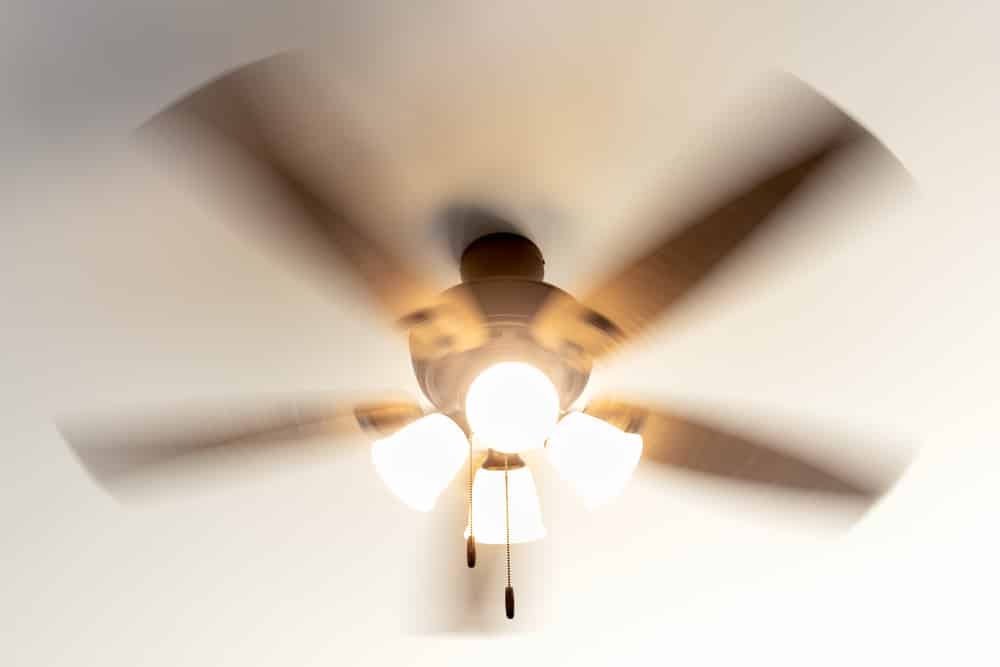 A faulty light switch can also be the culprit behind your kitchen light bulbs not working. Over time, the switch can wear out or become damaged, causing it to fail. If you suspect this is the cause, turn off the power and check the switch for any visible damage. If the switch looks fine, you may need to replace it with a new one.
A faulty light switch can also be the culprit behind your kitchen light bulbs not working. Over time, the switch can wear out or become damaged, causing it to fail. If you suspect this is the cause, turn off the power and check the switch for any visible damage. If the switch looks fine, you may need to replace it with a new one.
In Conclusion
 In most cases, the above solutions will fix the problem of your kitchen light bulbs not working. However, if none of these solutions work, it may be a sign of a more serious electrical issue. In this case, it's best to
consult a professional electrician
to ensure the safety of your home and family. Remember to always prioritize safety when dealing with any electrical issues in your home.
In most cases, the above solutions will fix the problem of your kitchen light bulbs not working. However, if none of these solutions work, it may be a sign of a more serious electrical issue. In this case, it's best to
consult a professional electrician
to ensure the safety of your home and family. Remember to always prioritize safety when dealing with any electrical issues in your home.



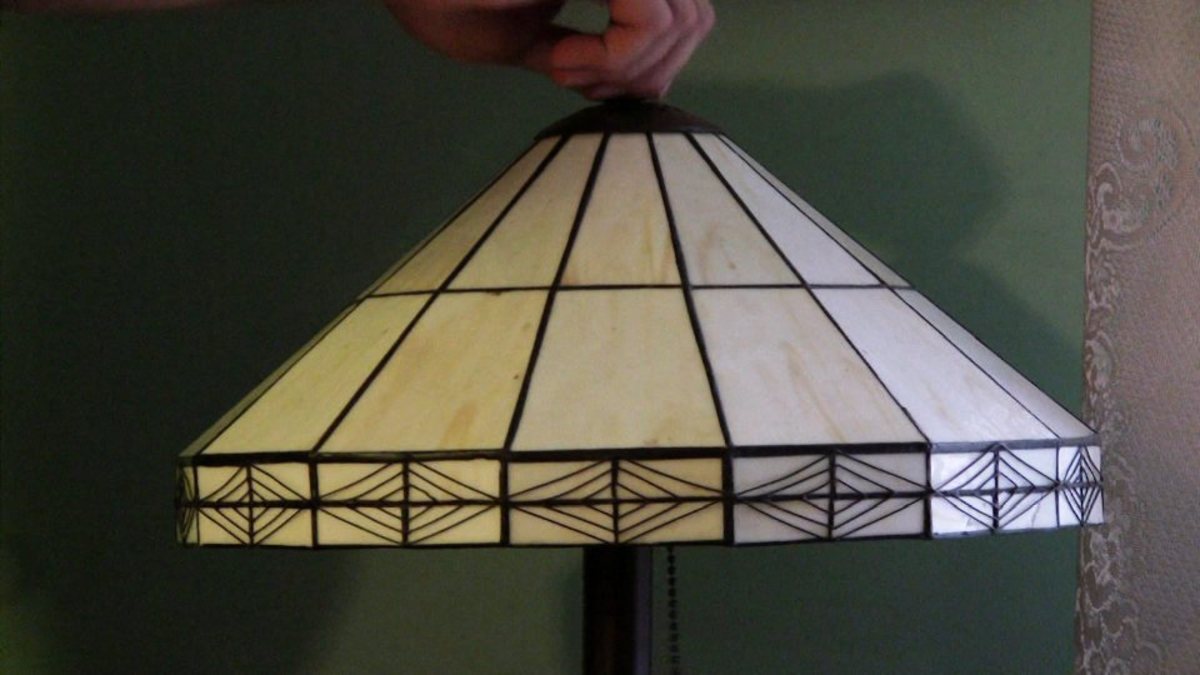

:max_bytes(150000):strip_icc()/fix-a-flickering-light-bulb-4123638_hero_31625-c30e217bfa4b4525968b4628c03e5954.jpg)
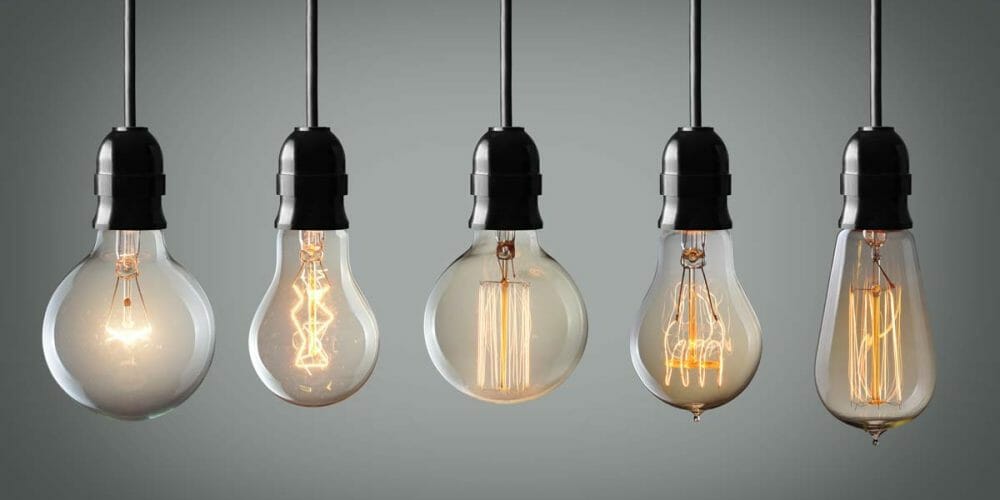
/2-faa70d6e92db4034b9a2df022e64633f.jpg)

:max_bytes(150000):strip_icc()/fix-a-flickering-light-bulb-4123638-07-93fde1227c814552b2e2b9b5af6c4e9a.jpg)
